Side By Side (Chris Keneally, 2013) is a documentary film directed by Christopher Keneally. Presented by Keanu Reeves, the film investigates the history, process and workflow of celluloid and digital filmmaking respectively.
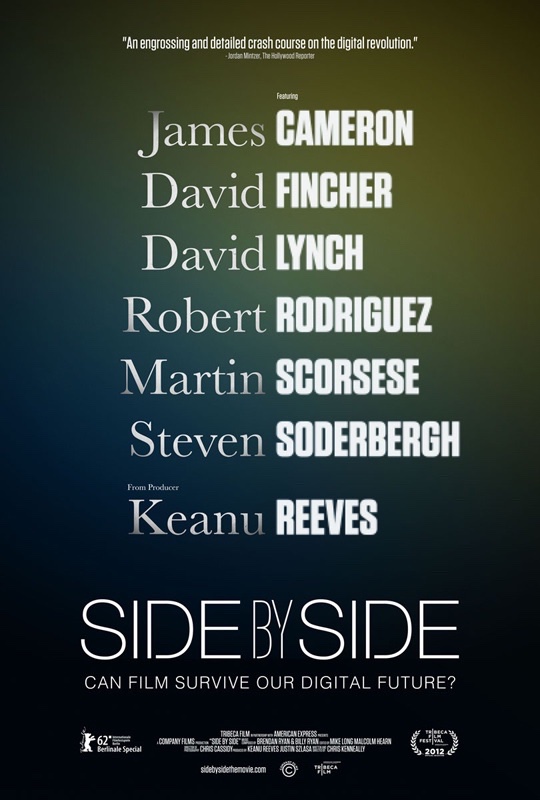
Throughout the film, a wide variety of notable directors, actors, producers and cinematographers are interviewed by Keanu. These include the likes of David Fincher, Martin Scorsese, George Lucas, David Lynch, Greta Gerwig and many more. The film cuts between interview clips featuring Keanu and one of the aforementioned filmmakers with relevant visuals of the filmmaking process being discussed.
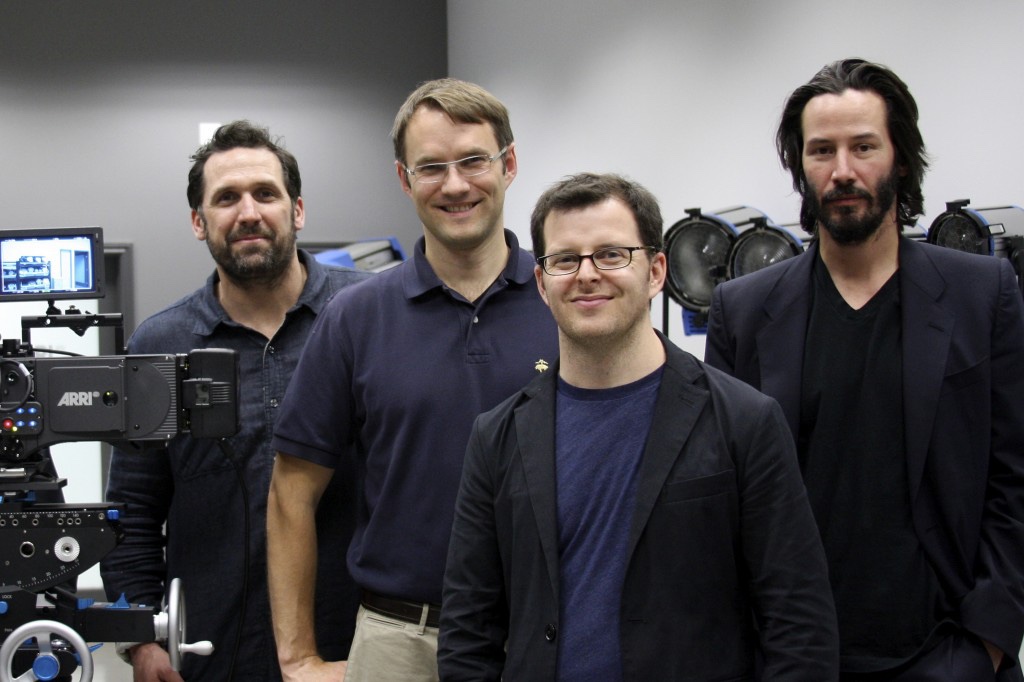
Each filmmaker is able to voice their opinion on both the photochemical and digital means of filmmaking, each giving us a different interpretation. For example, filmmakers such as George Lucas and James Cameron were early adopters of digital technology and are all for leaping into the future. Conversely, Christopher Nolan and David Fincher are still reluctant to do this, and insist on using film cameras.
There is a significant argument for both cases, due to the fact that digital is becoming increasingly cheaper and of a higher quality. Furthermore, Danny Boyle stated that he felt he had more freedom during the production of 28 Days Later which was filmed on digital. However, pro-celluloid filmmakers argue that actors take the noisier film cameras more seriously as they can “hear the money”. Alongside this, some argue that digital will simply never equal the sheer quality of authentic film reels.
The mode of this documentary is participatory, due to the fact that Keanu Reeves’ presence can be felt. However, he is not the filmmaker of this particular documentary, therefore it cannot be performative.
I enjoyed the film a considerable amount and it gave me a comprehensive insight into film production, featuring an ensemble cast of directors that I admire. However, I felt that the pace of the film faltered at points.
Overall, I would rate Side by Side ★★★.
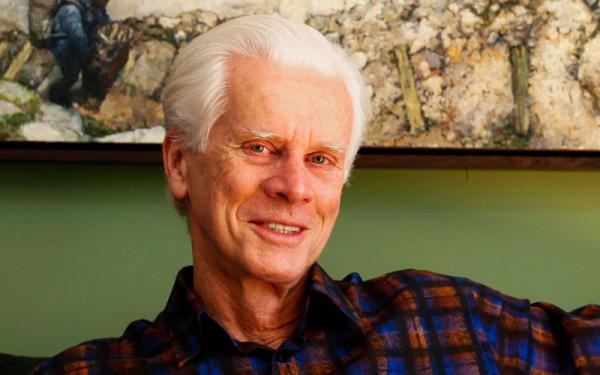
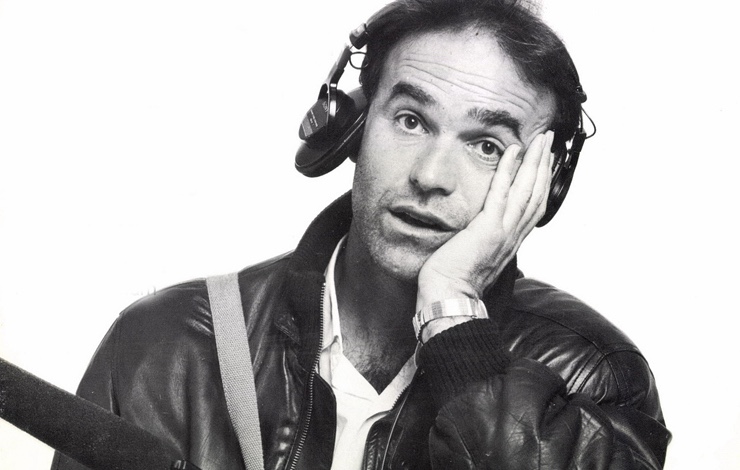
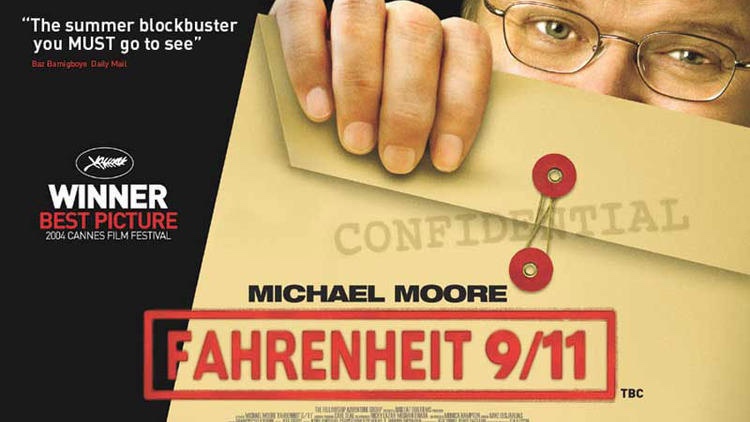
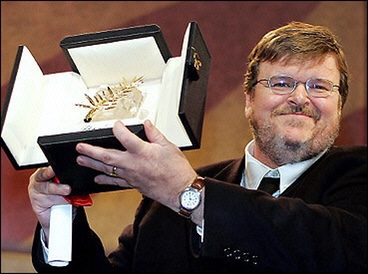
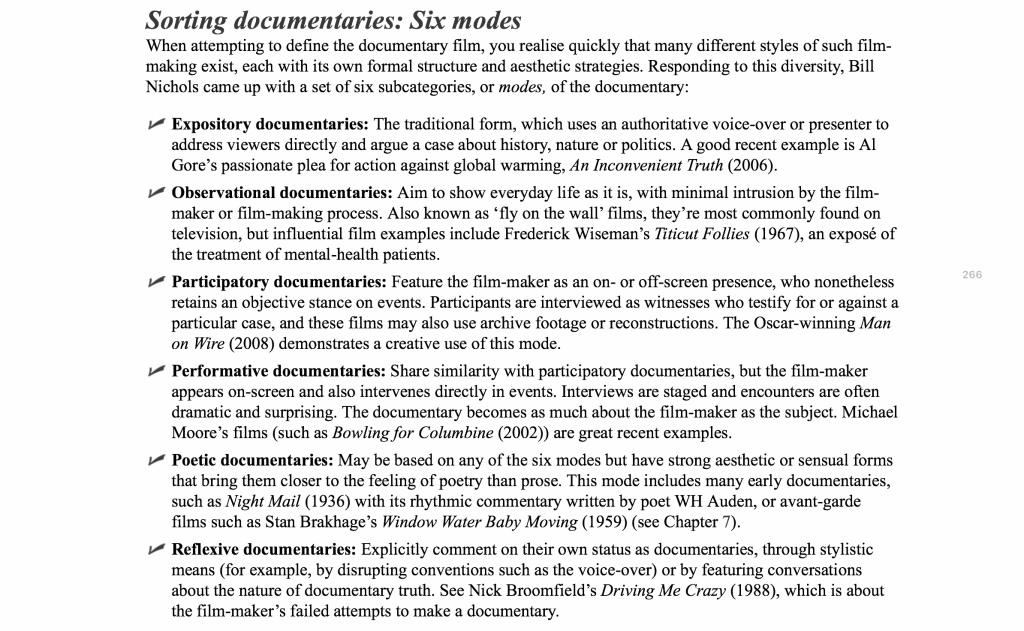
You must be logged in to post a comment.